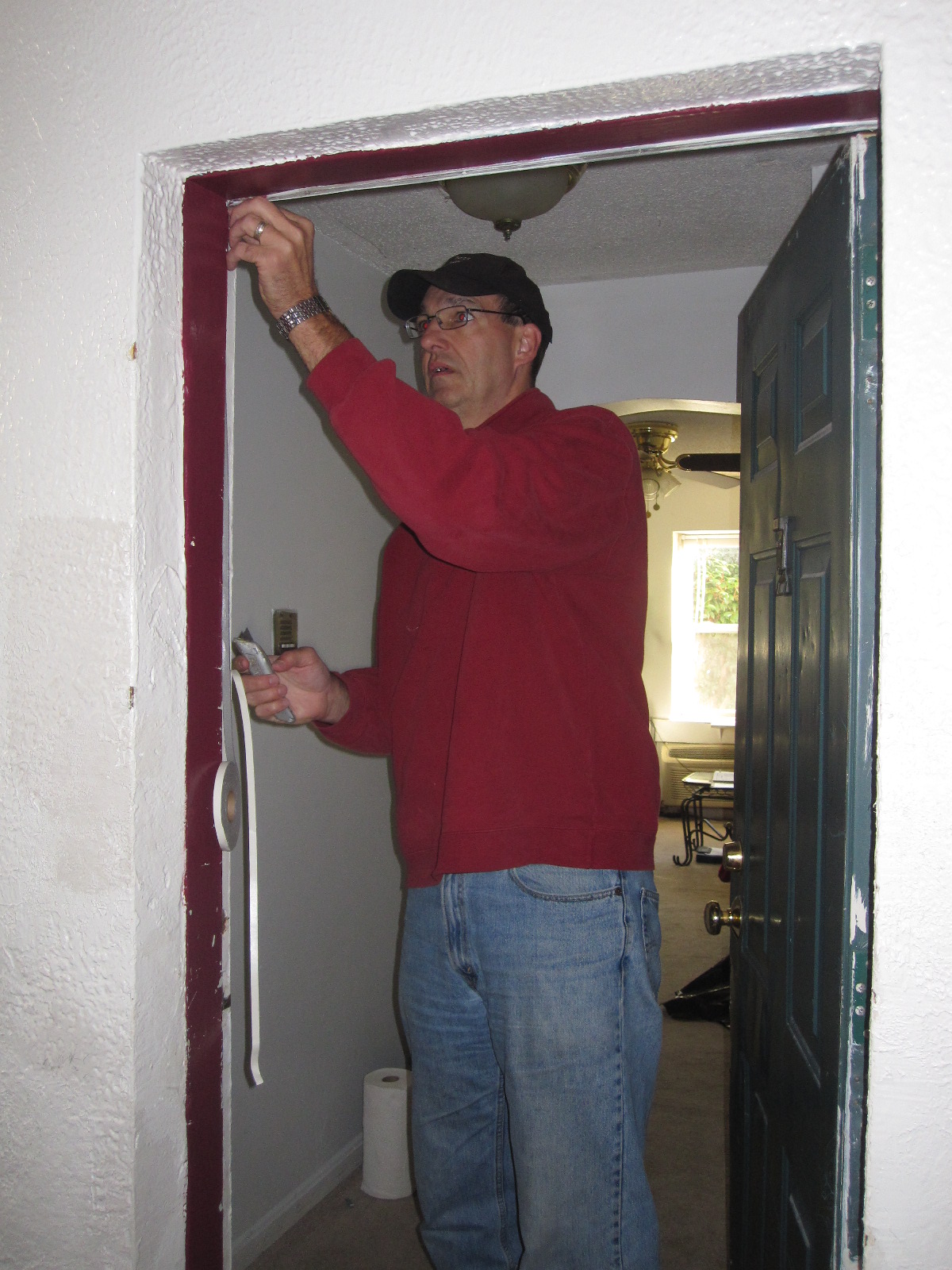Cooler temperatures are a signal to many D.C.-area residents that it is time to prepare their homes for the winter. However, for low-income homeowners, many of whom are elderly, disabled, or veterans, the cost and effort involved in the seasonal upkeep of a home is often beyond their financial and physical capabilities.
To help, Rebuilding Together Alexandria (RTA) volunteers stepped in to make energy efficient updates and restore his residence to a safe, comfortable home so he is able to continue parenting this next generation in his home. Most of RTA's clients are like this man -- people who are proud homeowners, but who due to life circumstances, have a hard time maintaining their homes and making ends meet.
On October 20, RTA will be performing these upgrades and others as part of our Energize Alexandria event, a day of winterizing homes across the city. With support from Lowes and Sears, RTA volunteers will weatherize and provide free energy-efficient upgrades to homes of low-income veterans, disabled, and elderly residents. Beyond this event, we are encouraging people to winterize and do energy upgrades for neighbors in need. It can help them remain in their homes. Here is a list of easy, energy-saving upgrades to help struggling friends: 1. Install a programmable thermostat to lower utility bills: According to Energy Star, the average household spends more than $2,200 a year on energy bills. By using a programmable thermostat, homeowners can save about $180 annually. 2. Insulate attic hatches: Attics -- including attic doors -- are a great place to add more insulation to make a home more comfortable and efficient. 3. Air dry dishes: Instead of using the dishwasher's drying cycle consider air drying them to save energy and money -- up to 50 percent.
4. Set water heater to 120 degrees: According to the Department of Energy, every 10 degree reduction in water temperature will save between three to five percent in energy costs. 5. Replace regular light bulbs with compact fluorescent lamps: Energy saving light bulbs cost as little as $6 and last 12 times longer, saving up to $40 on electric bills over the life of the bulb. 6. Install 'foam gaskets' for electrical outlets: With very little time and money, foam pieces can be inserted under the faceplates of outlets and switches on external walls, saving significant energy and money. 7. Cover AC and Hot Water Tanks: Covering window or wall-mounted air conditioning units with a "jacket" during the winter months will keep a home warmer and save money. Also, putting a three inch insulating jacket on a hot water tank will result in savings. 8. Caulk around doors and windows: Caulking -- along with weather-stripping -- will cut energy use, saving nearly $200 a year. 9. Use power strips: Plug multiple home electronics, such as TVs and DVD players, into power strips. Then turn the power strips off when the equipment is not in use to fuel savings.
10. Install low-flow faucets, showerheads, and toilets: According to Energy.gov, using low-flow fixtures can achieve water savings of up to 60 percent.
These upgrades are important since low-income housing tends to be in poor condition and energy inefficient, often resulting in vulnerable homeowners spending three times the average for heating and electricity.
This winter, if more people can devote an hour to help a vulnerable neighbor, they can change a life, save energy and help revitalize our community.

